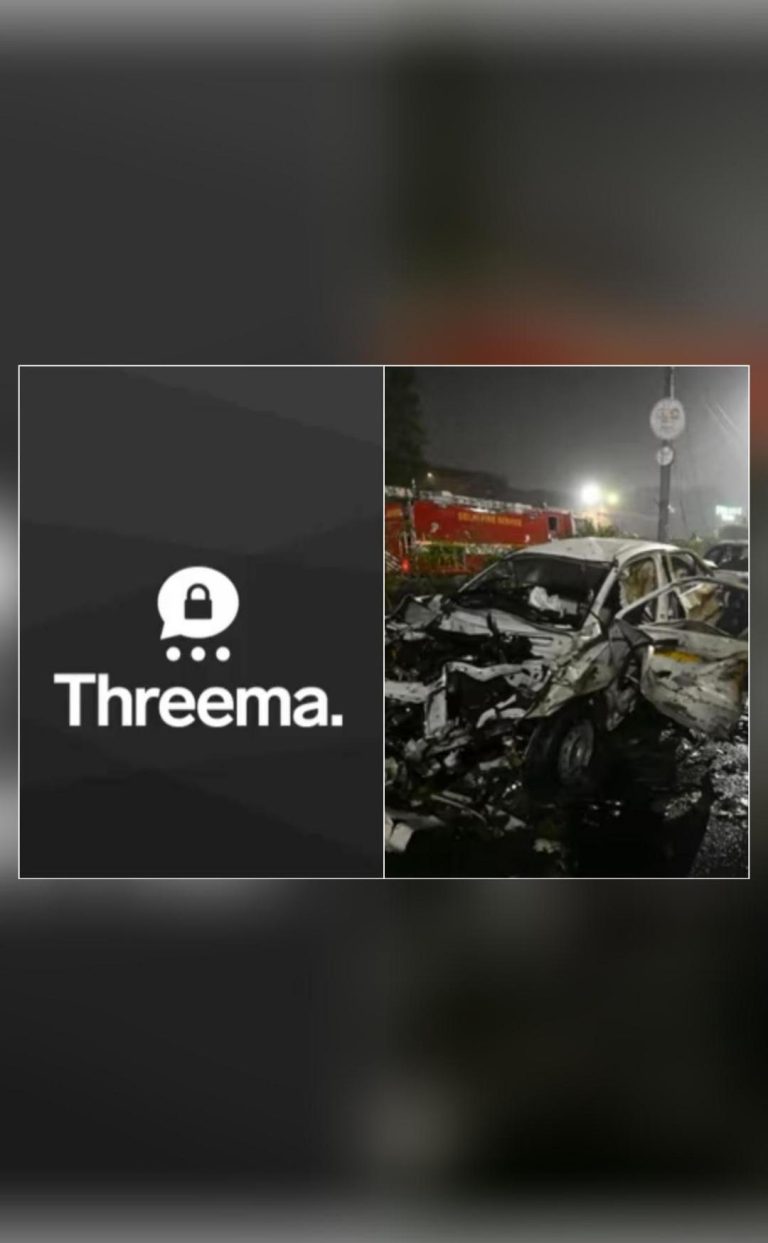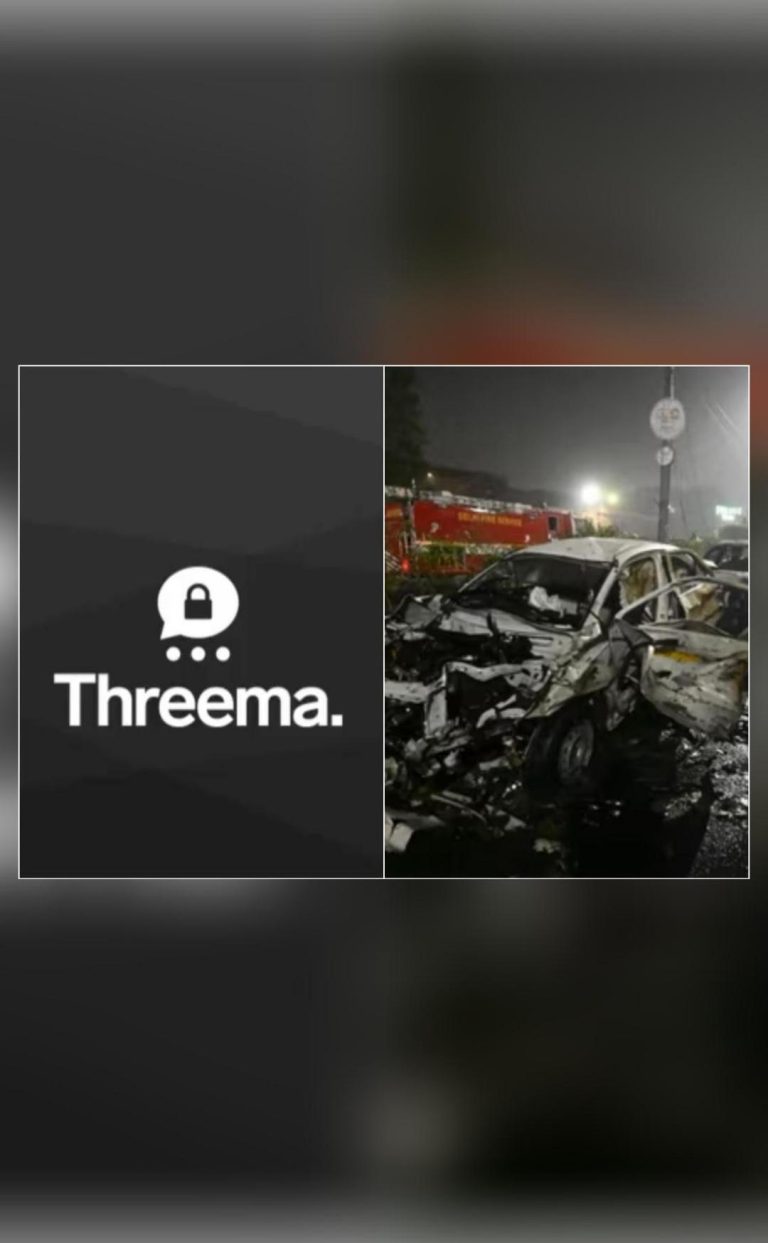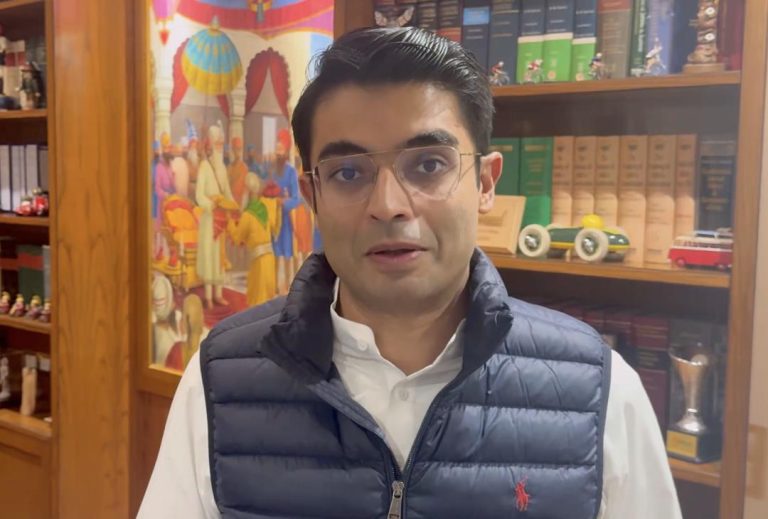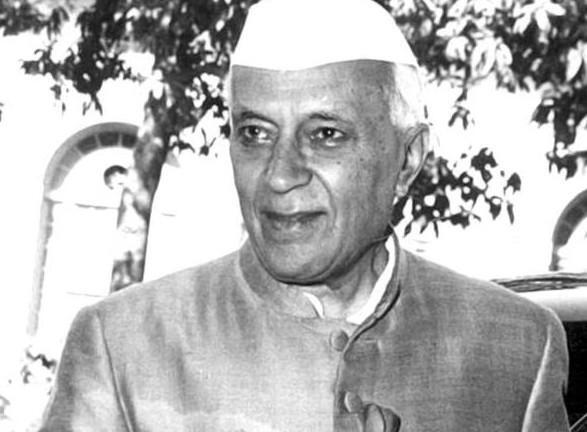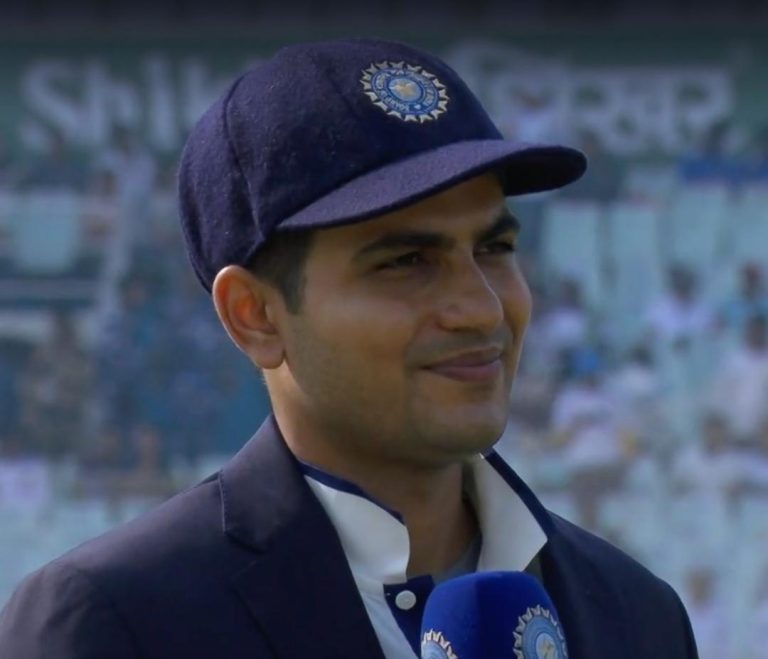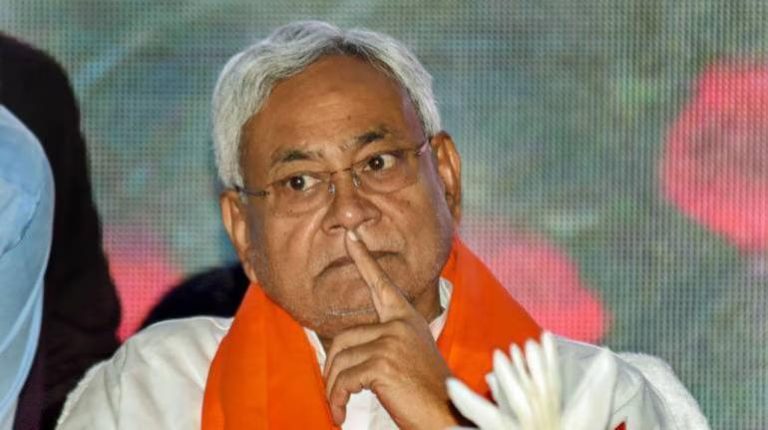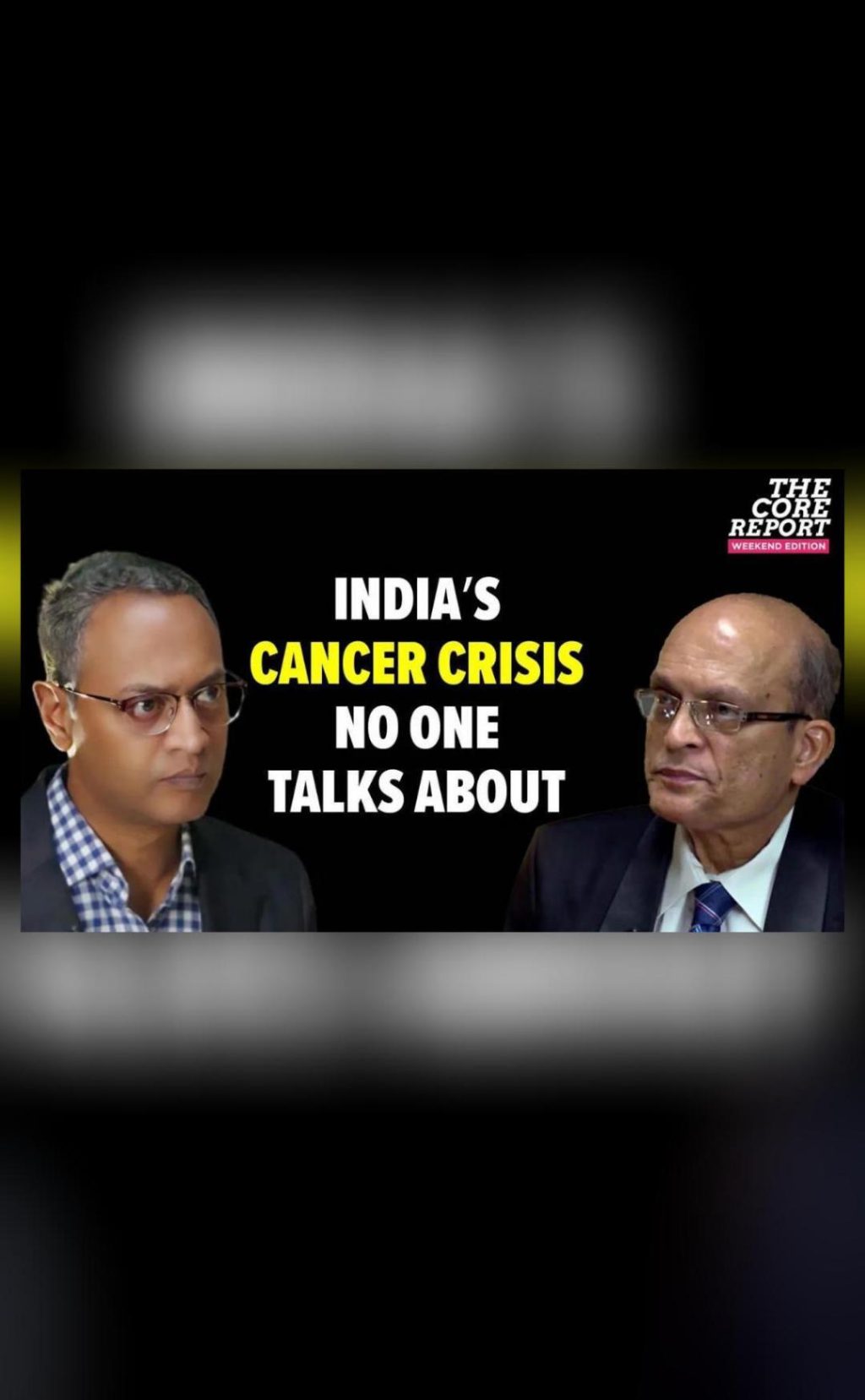
India’s Hidden Cancer Crisis: Why Most Go Untreated
Cancer is a leading cause of death worldwide, and India is no exception. The country reports over 1.5 million new cancer cases annually, making it one of the highest in the world. However, what’s alarming is that a majority of these patients struggle to access proper treatment. According to experts, nearly 60% of cancer patients in India go without adequate care due to a shortage of oncologists, high costs, and limited hospital infrastructure. This crisis is particularly pronounced in rural areas, where patients face significant barriers in accessing even basic cancer care.
The statistics are staggering. A recent report by the Indian Council of Medical Research (ICMR) estimated that India needs an additional 5,000 oncologists to meet its growing cancer burden. However, the country has only around 2,500 oncologists, leaving a significant gap in the workforce. Moreover, the majority of these oncologists are concentrated in urban areas, leaving rural regions underserved.
The lack of oncologists is just one part of the problem. Patients also face significant barriers in accessing treatment due to high costs. Cancer treatment is expensive, and many patients are unable to afford the costs of surgery, chemotherapy, and radiation therapy. In fact, a recent study by the National Institute of Cancer Prevention and Research (NICPR) found that over 70% of cancer patients in India are unable to afford treatment.
Another major challenge is the limited hospital infrastructure in rural areas. Many rural hospitals lack basic facilities, such as diagnostic equipment, radiation therapy machines, and surgical facilities. This means that patients in these areas often have to travel long distances to urban centers for treatment, which can be a significant burden, especially for those who are poor and lack access to transportation.
Despite the growing incidence of cancer, cancer care remains fragmented and under-prioritised in the public health system. There is a lack of coordination between different healthcare providers, leading to delays and inefficiencies in treatment. Moreover, there is a lack of awareness about cancer among the general public, which can lead to delays in seeking medical attention.
The consequences of India’s hidden cancer crisis are severe. Many patients are forced to rely on traditional remedies and unqualified practitioners, which can lead to further delays and complications. Others may not receive treatment at all, leading to poor outcomes and high mortality rates.
So, what can be done to address this crisis? Firstly, the government needs to prioritize cancer care and allocate more resources to the public healthcare system. This includes increasing the number of oncologists and investing in hospital infrastructure in rural areas. Secondly, there needs to be a greater emphasis on awareness campaigns to educate the general public about cancer and the importance of seeking medical attention early.
Thirdly, the government needs to work towards making cancer treatment more affordable. This can be achieved through a combination of government subsidies and private sector initiatives. Finally, there needs to be greater coordination between different healthcare providers to ensure that patients receive seamless and efficient care.
In conclusion, India’s hidden cancer crisis is a significant public health challenge that requires immediate attention. The lack of oncologists, high costs, and limited hospital infrastructure in rural areas are just a few of the many challenges that patients face. However, with a concerted effort from the government, healthcare providers, and the general public, it is possible to improve access to cancer care and save lives.
Source: https://youtu.be/xlmeYXBMaIg

